The best 3 powered bookshelf speakers you can buy, tested and rated
We've trialled 3 of the best bookshelf speakers that don't require separate amplification – here's which is best for who and why
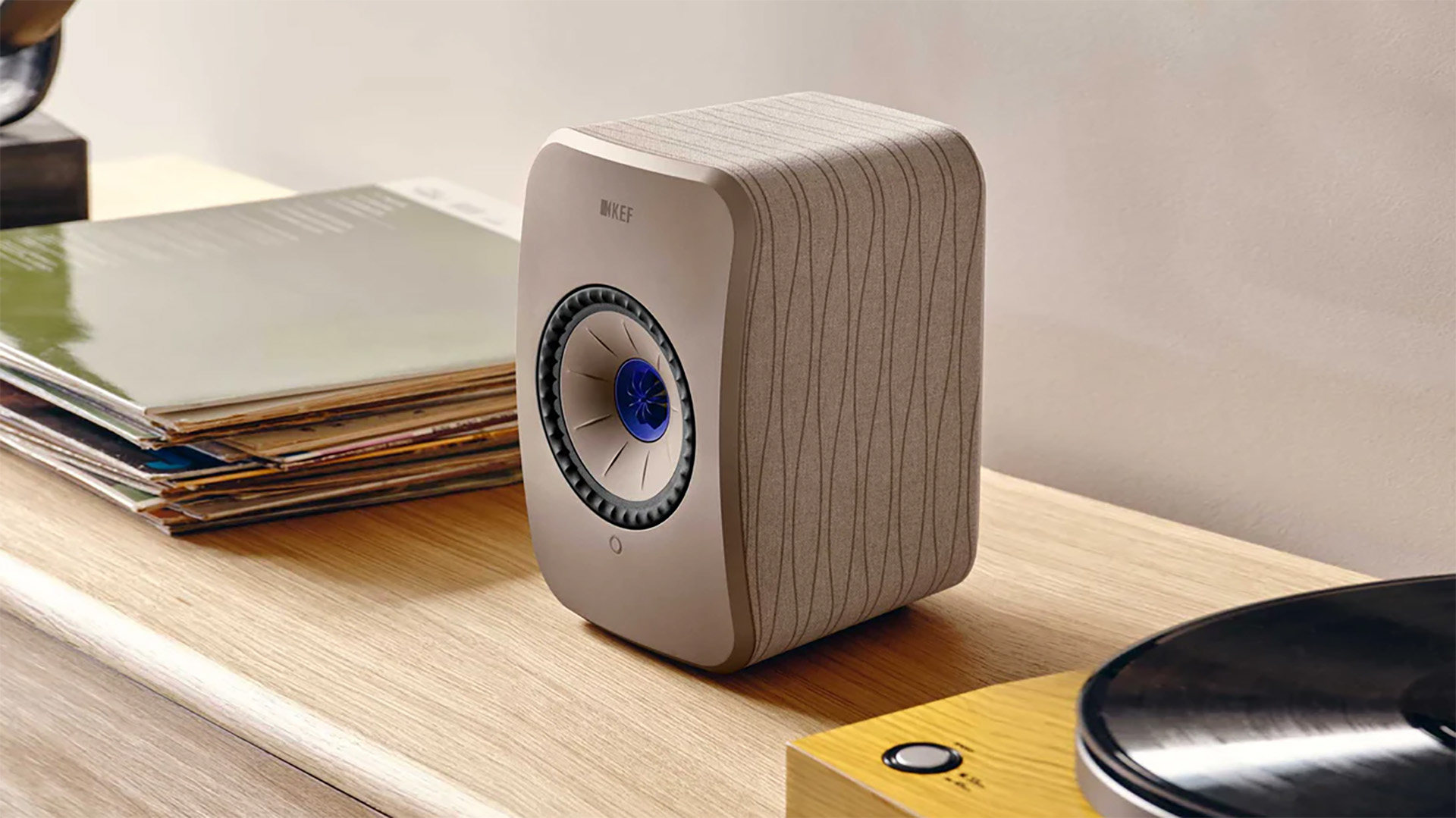


Music is arguably the most immediate and reliable form of entertainment available – but there’s nothing entertaining about complexity or inconvenience when it comes to getting to enjoy the music you want to hear. That’s why complete wireless audio systems contained in a pair of stereo speakers are becoming more popular by the day (instead of fancy-looking multi-room systems).
In my work as an audio technology tester, reviewer and journalist, I spend an increasing amount of time listening to systems like these in order to establish what sort of performance you can expect, what sort of value for money they represent, and where in the overall pecking order they stand. Because without this sort of context, making a purchasing decision would be a lot less straightforward.
Here are three systems that I am confident offer better performance than any other at their respective price points, and that represent the best combination of value for money, pride of ownership and complete convenience. Without further ado: here are the 3 best bookshelf speakers that are self-powered, without the need for any amplification or extras.
T3's Top 3
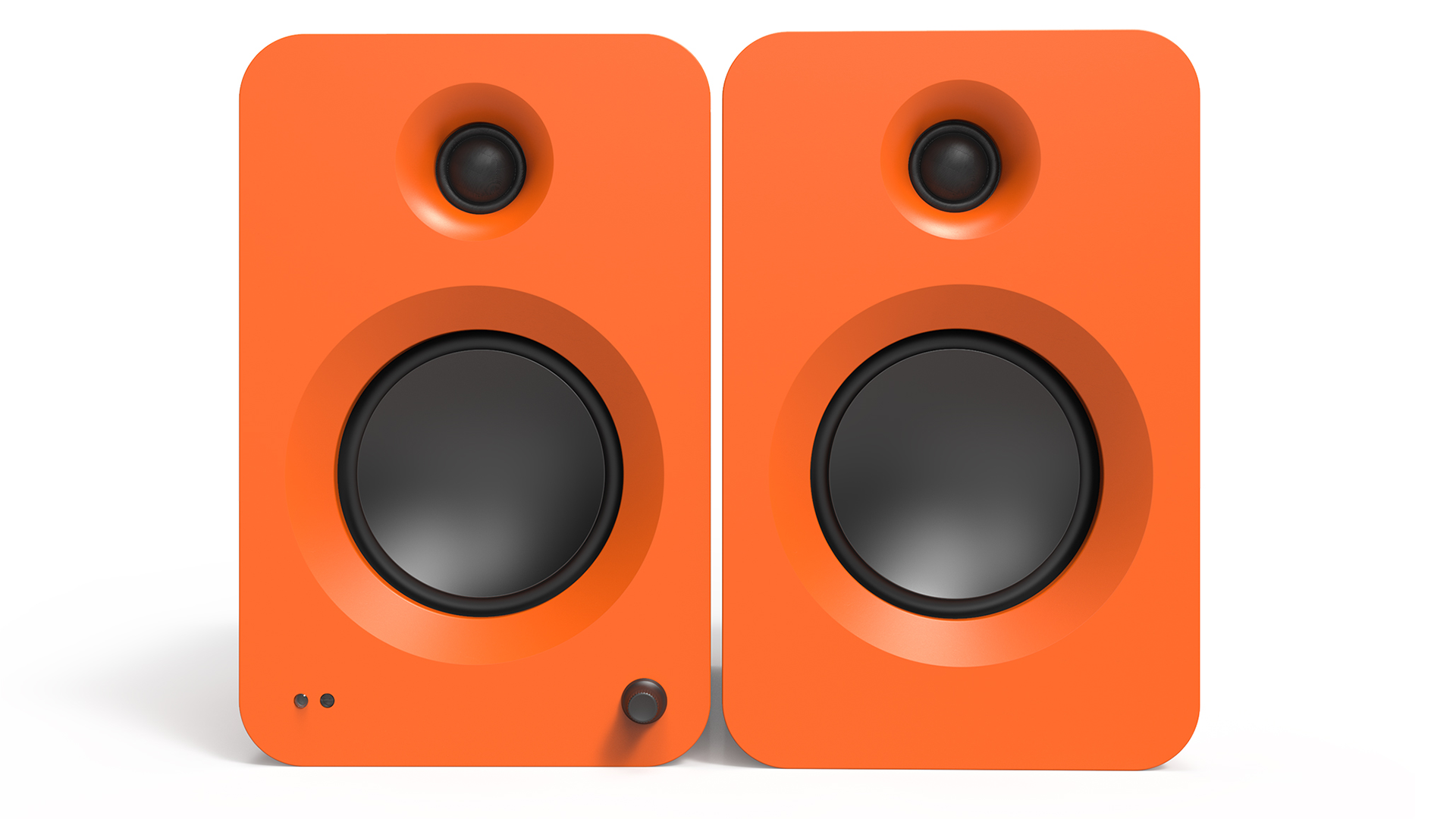
Sometimes it simply doesn’t do to be first out of the blocks with a new idea. Kanto has launched its Ren system into one of the most fiercely contested areas of the whole ’powered stereo speakers’ market – but thanks to a potent combination of visual appeal, decent specification and, most importantly, bold and insightful sound, it’s delivered one of the very best pound-for-pound systems of its type you can buy. You should expect a compromise or two when spending this sort of money – but the Ren makes sure they are few and far between.
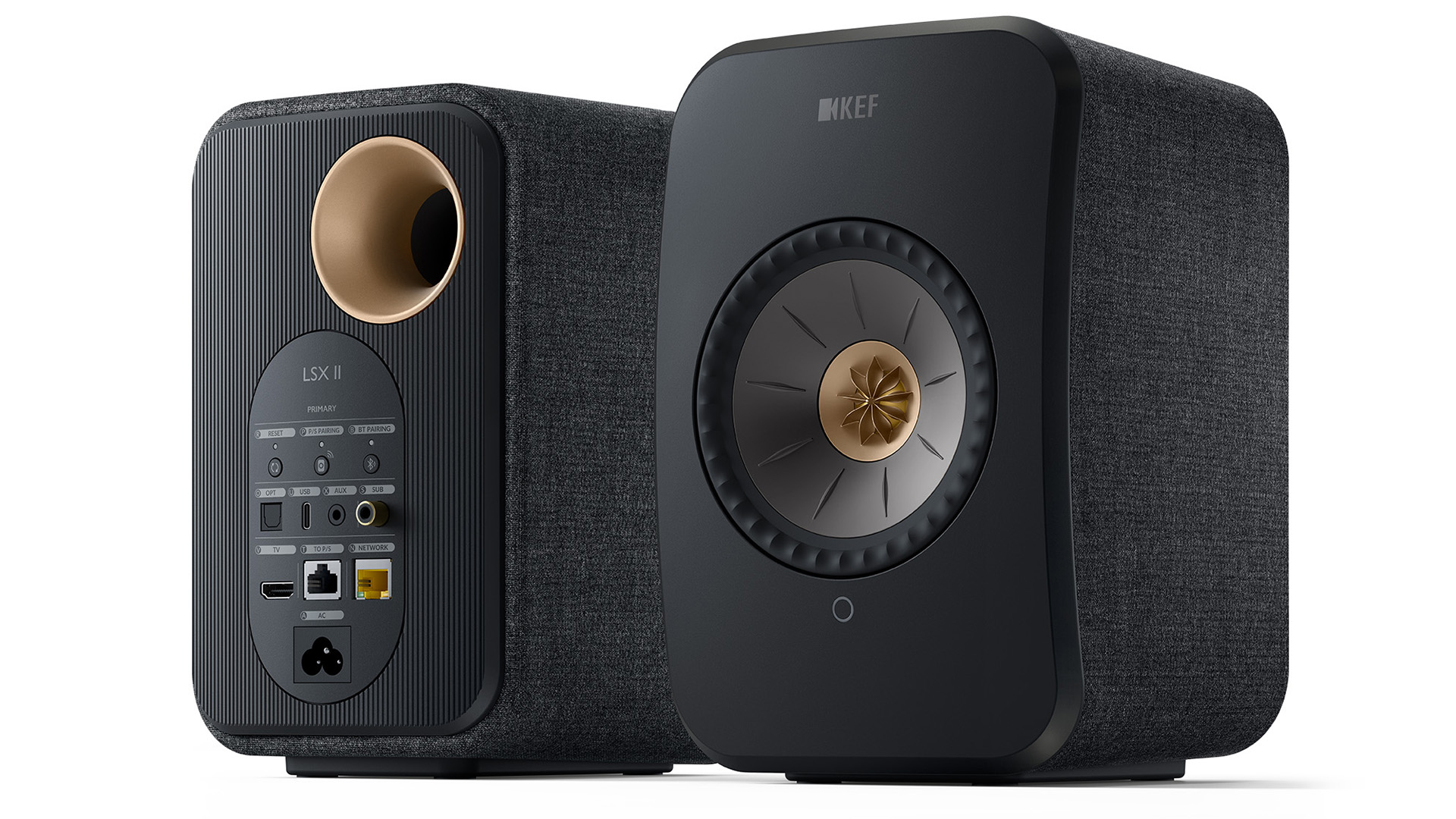
There are a couple of big, expensive KEF wireless speaker systems that perform brilliantly. And there’s also the LSX II, a small and discreet KEF wireless speaker system that doesn’t cost the earth and also performs brilliantly. The appearance is a lovely balance between ‘cute’ and ‘purposeful’, the numerous available finishes mean it will never look out of place. Te standard of construction and finish is impeccable, and when it comes to doing the audio business this system is every bit as serious as its bigger, pricier brothers.
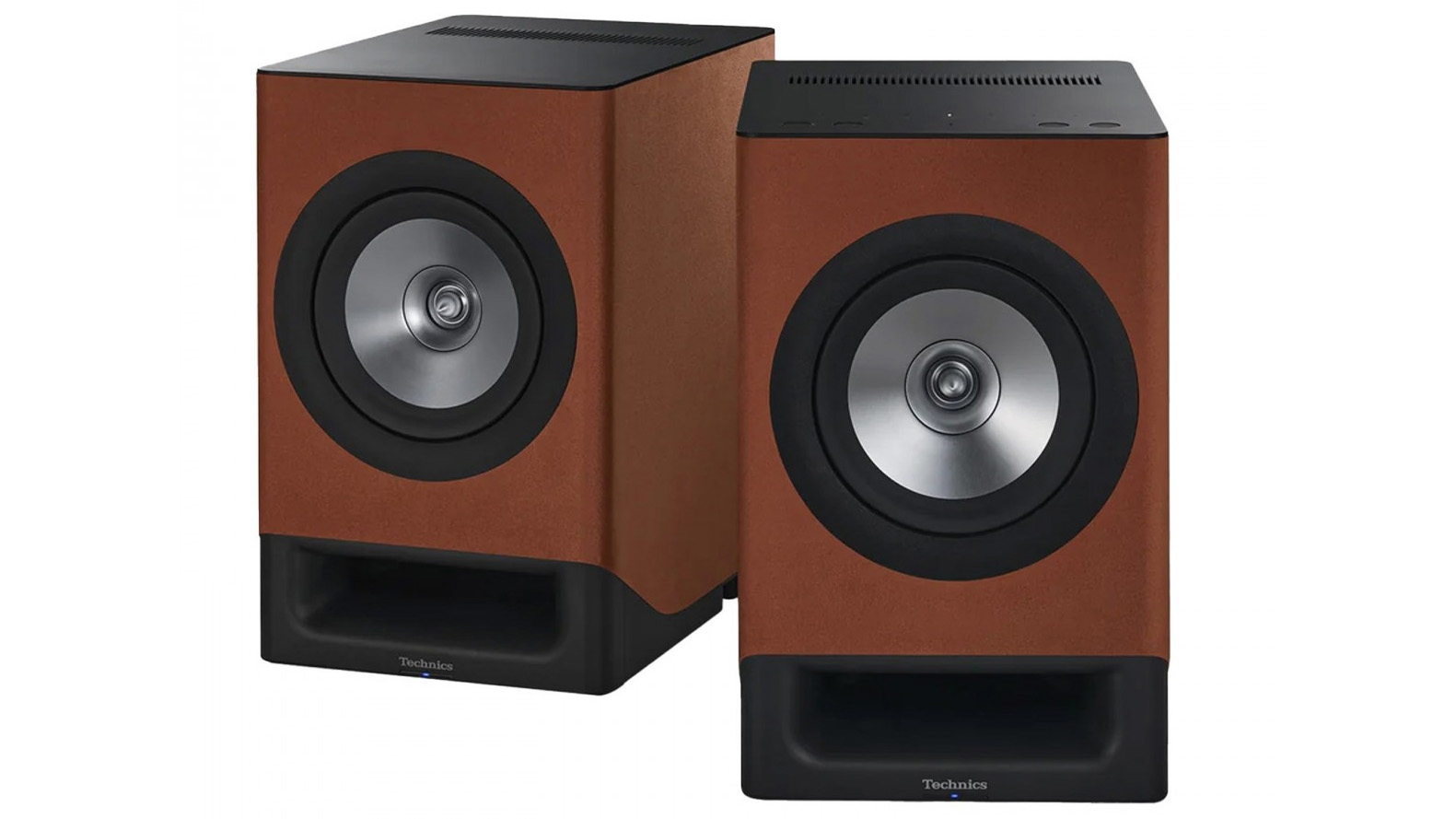
There are numerous technical highlights to be investigated by the lucky Technics CX700 owner – after all, who wouldn’t be intrigued by the idea of ‘acoustic solitude construction’? Yet, somehow, it’s not necessarily the engineering on display or the barnstorming audio performance capability that’s its most interesting attraction. No, it’s the use of Dinamica (in one of three different colours), a material made mostly from recycled polyester, that makes the Technics unique. Who else would sell you a fuzzy-feeling speaker system, eh?
Kanto v KEF v Technics: Pricing
It’s an indication of just how ubiquitous powered speaker systems are becoming that they’re now available at a huge range of prices. We’ve got a good spread in our three systems, but it’s possible to pay quite a lot less than the most affordable and an awful lot more than the most expensive here.
At £599 ($649 / AU$1099), the Kanto Ren looks to be punching above its weight. No matter which of the six matte finishes you prefer, you’re buying a properly made, nicely finished and actually quite decorative pair of speakers that have had no obvious corners cut. At 277 x 178 x 215mm (HxWxD) they’re pleasantly proportioned and strike a good balance between ‘purposeful’ and ‘discreet’.
The KEF LSX II, though, makes ‘discreet’ a big part of its appeal. Its 240 x 155 x 180mm (HxWxD) measurement per speaker is the opposite of ‘obtrusive’, which means this system will be happy pretty much anywhere you decide to put it. Hiding it away would be a pity, though, because a combination of extremely pleasing finishes (five are available) and a fairly dramatic dual-concentric driver arrangement makes the LSX II look every penny of its £1199 ($999.99 / AU$1,695) asking price.
As befits its position as the most expensive system here (it will set you back £2399 / $2999 / AU$3299), the Technics SC-CX700 is both the biggest (313 x 201 x 276mm, HxWxD) and the most lavishly finished. It’s available in a choice of three immaculately applied finishes, all of which heavily feature the Dinamica material that makes this set-up the most interesting in both visual and tactile terms. A sizeable forward-facing reflex slot and a concentric driver arrangement that sees the tweeter positioned in the throat of the mid/bass driver doesn’t do any harm in this respect either.
Get all the latest news, reviews, deals and buying guides on gorgeous tech, home and active products from the T3 experts
Kanto v KEF v Technics: What's unique?
Each one of these powered bookshelf speakers is pretty special, to be honest – but each is special in its own way, too. This is how they are distinct from each other and what you get as point of preference:
Kanto Ren

The Kanto Ren is ‘just’ a wireless speaker system – it uses Bluetooth 5.3 for wireless connectivity, and goes without any wider networking ability.
There are plenty of physical inputs on the primary speaker, though, so your Ren can become a full system – there’s HDMI ARC, USB-C, digital optical and a couple of line-level analogue inputs.
The primary speaker also houses an all-in total of 100 watts of Class D power – so each speaker gets 50 watts to power its 25mm silk dome tweeter and 133mm aluminium mid/bass driver. Or, at least, it does when the primary speaker is plugged into the mains and then wired to the secondary speaker.
Read our full Kanto Ren review here
KEF LSX II
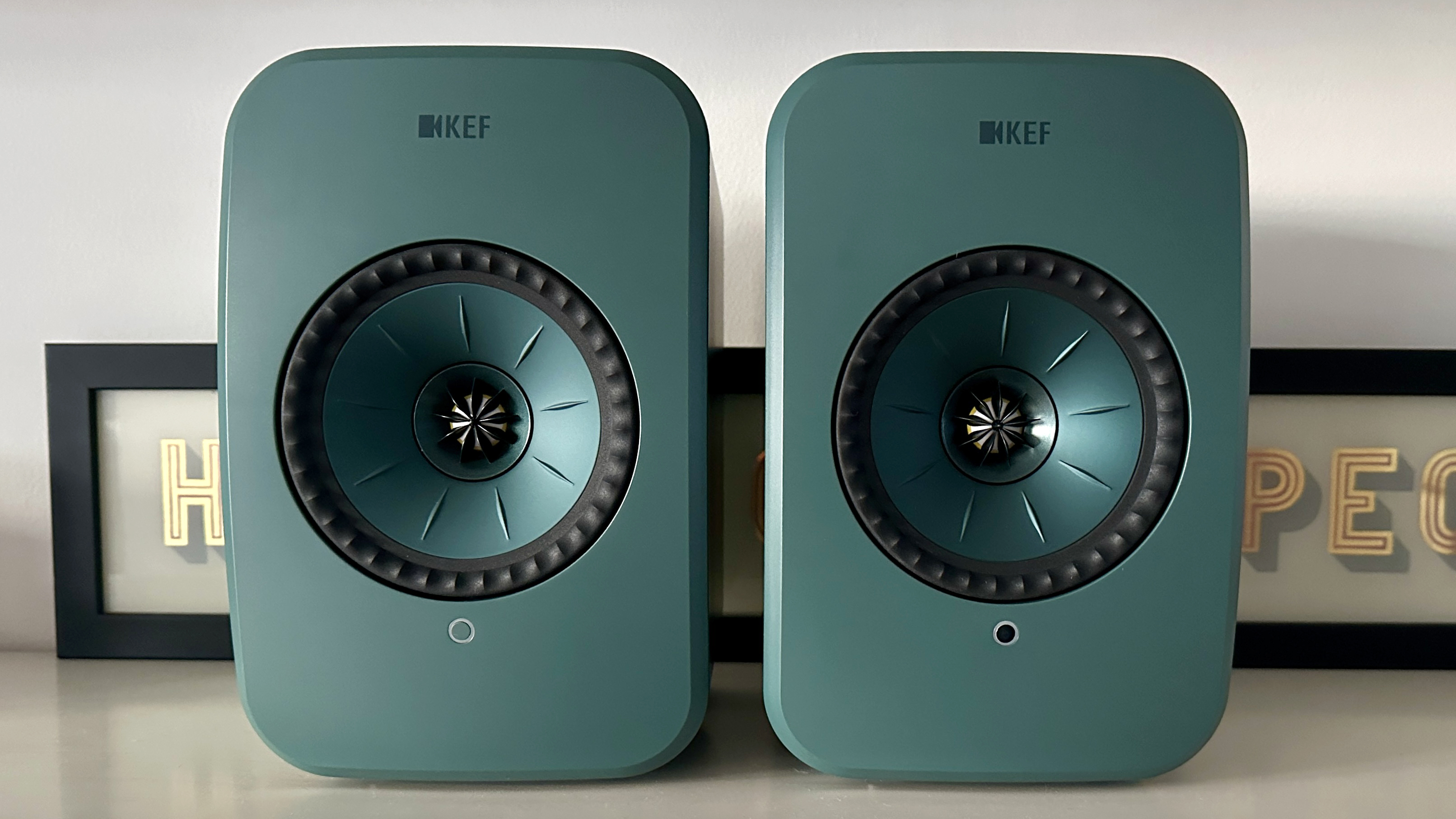
As befits the increase in asking price, the KEF LSX II ups the specification ante a little bit – its Bluetooth standard may be ‘only’ 4.2, but it features network streaming ability that brings Apple AirPlay, Chromecast, Roon and NAS devices into play.
There are physical connectivity options too – an Ethernet socket, HDMI ARC, digital optical, USB-C and 3.5mm analogue.
Each speaker requires mains power, which you may see as a drawback, and each is then driven by 100 watts (30W to the 19mm aluminium tweeter; 70W to the 115mm aluminium mid/bass driver that surrounds it).
This speaker pair can communicate wirelessly, and function at 24bit/48kHz when arranged this way – or you can connect them using a supplied length of CAT5 cable and enjoy some 24bit/96kHz action. The nice ‘KEF Connect’ control app lets you deal with system admin too.
Read our full KEF LSX II review here
Technics CX700
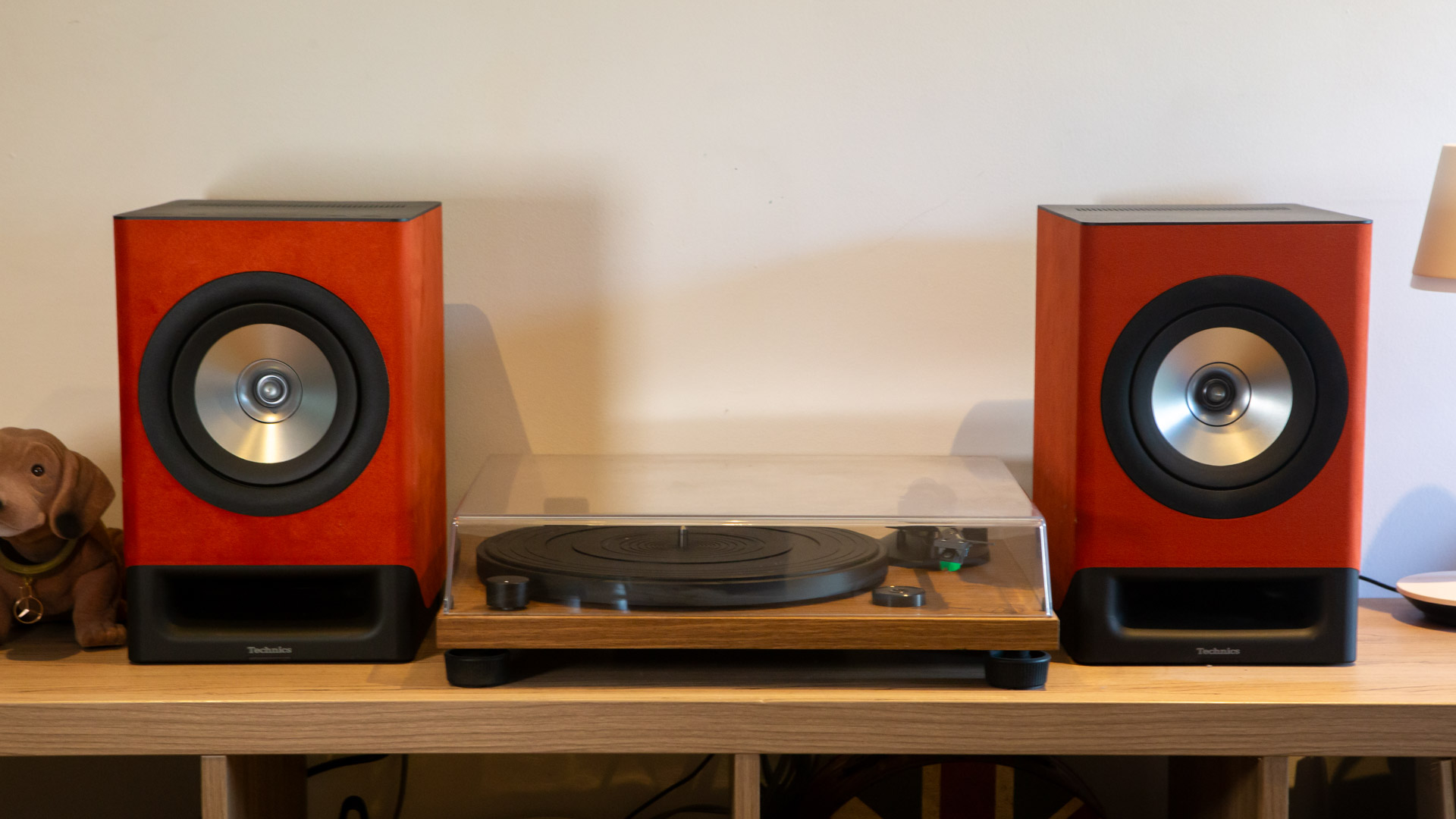
Naturally, the Technics SC-CX700 represents more again – and of everything. Each 19mm ring tweeter is driven by 40 watts of power, and each 150mm mid/bass driver gets 60W to play with.
The speaker drivers exist in a separate internal enclosure to the amplification and wireless functionality in an effort to minimise the effects of vibrations – this is what Technics calls ‘acoustic solitude construction’.
Physical inputs consist of a 3.5mm line-level analogue inputs, a moving-magnet phono stage behind a pair of stereo RCAs for use with a turntable, a digital optical input, a USB-C slot, an HDMI ARC socket and an Ethernet input for hard-wiring to a router.
Dual-band Wi-Fi and Bluetooth deal with the wireless stuff, and the SC-CX700 can cope with resolutions of up to 32bit/384kHz and DSD256.
Control is available from some buttons on the primary speaker, an unremarkable little remote control handset or the ‘Technics Audio Center’ control app.
Read our full Technics CX700 review here
Kanto v KEF v Technics: Which sounds best?

‘Big’ is as good a word to start with as any when describing the sound of the Kanto Ren. It’s obviously been voiced for ‘excitement’, and it’s a lively and energetic performer that relishes the low-frequency stuff and is more than willing to put a rocket up your music. It could give those full-on bass sounds a little more variety, but in the context of the asking price, the Ren is an adept and exciting listen. If you’ve a space to fill with sound that’s bigger than your budget to fill it, this Kanto system has you covered.
As long as you’re not preoccupied with sheer scale, though, the KEF LSX II has an awful lot to recommend it regarding sound quality. It is very positive where rhythms are concerned, and the bass activity it can summon is solid and disciplined. Midrange communication is articulate, and there’s plenty of attack at the top of the frequency range too. The soundstage it creates isn’t the biggest, but it’s properly organised and allows for appreciable space between individual elements of a recording. Dynamic headroom is respectable, and detail retrieval even more so.
As long as you don’t find the description ‘grown up’ in any way off-putting, the Technics SC-CX700 is an enthralling listen. Balanced, poised, effortlessly neutral where tonality and frequency response is concerned, and never less than fully entertaining, it’s an outstanding performer. It can bite and punch when needed, has real eloquence through the midrange, and can create a large and persuasive soundstage that’s way bigger than the physical gap between the speakers. It’s perhaps not the last word in out-and-out dynamism, but when you balance this little trait against all the things the Technics gets very right, it’s easy to overlook.
Kanto v KEF v Technics: Which one wins?
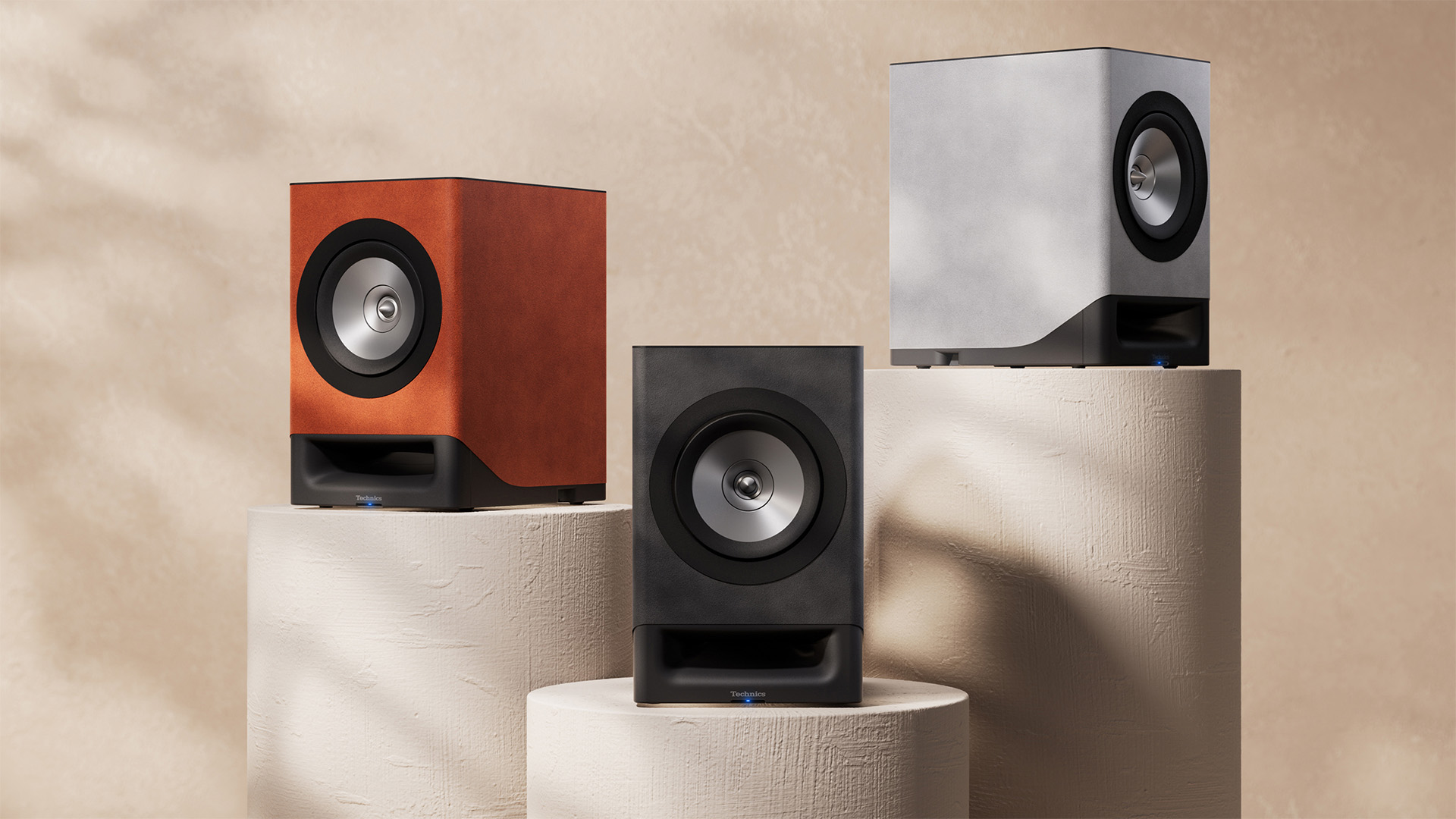
The word ‘best’ is a slightly tricky one in this context, isn’t it? Because the ‘best’ system here in outright terms is the Technics SC-CX700 – which, let’s face it, is just as it should be given that it’s twice as expensive as the KEF and four times the price of the Kanto. It sounds best, it has the best specification and, in an unusual turn of events, feels best too. If money was no object, of these three systems this is the one I’d choose.
It is an object, though – how could it not be? That’s why this specific selection of products is, I reckon, so useful. Because at their price, the Kanto and the KEF both represent your best options, where all the important stuff (like build and finish, and specification and, most of all, sound quality) are concerned.
Honorable mentions
At the sort of money that buys you a Kanto Ren you can also acquire the Debut ConneX Adsum by Elac. It’s very similar in principle, looks just as good in its own way, and what it lacks in relative scale compared to the Kanto, it makes up for in refinement. It’s a tremendous option.
And on the subject of ‘tremendous options’, an impressive (although admittedly much larger) alternative to the KEF LSX II is the JBL 4305P. It doesn’t look anything like as coherent as the KEF, it’s true, and it’s a fair bit more space-hungry – but if that classic JBL sonic approach (the one that makes everything sound like it’s happening at full tilt) appeals to you, this system will win you over in no time.
The most obvious competition for the Technics SC-CX700 is – surprise, surprise - another KEF model. The LS50 Wireless II is the second generation of the model that got in on the ground floor of the whole ‘wireless streaming in stereo speakers’ thing, and this latest model is an outstanding performer.
Simon Lucas is a freelance technology journalist and consultant, with particular emphasis on the audio/video aspects of home entertainment. Before embracing the carefree life of the freelancer, he was editor of What Hi-Fi? magazine and website – since then, he's written for titles such as Wired, Metro, the Guardian and Stuff, among many others. Should he find himself with a spare moment, Simon likes nothing more than publishing and then quickly deleting tweets about the state of the nation (in general), the state of Aston Villa (in particular) and the state of his partner's cat.
You must confirm your public display name before commenting
Please logout and then login again, you will then be prompted to enter your display name.
